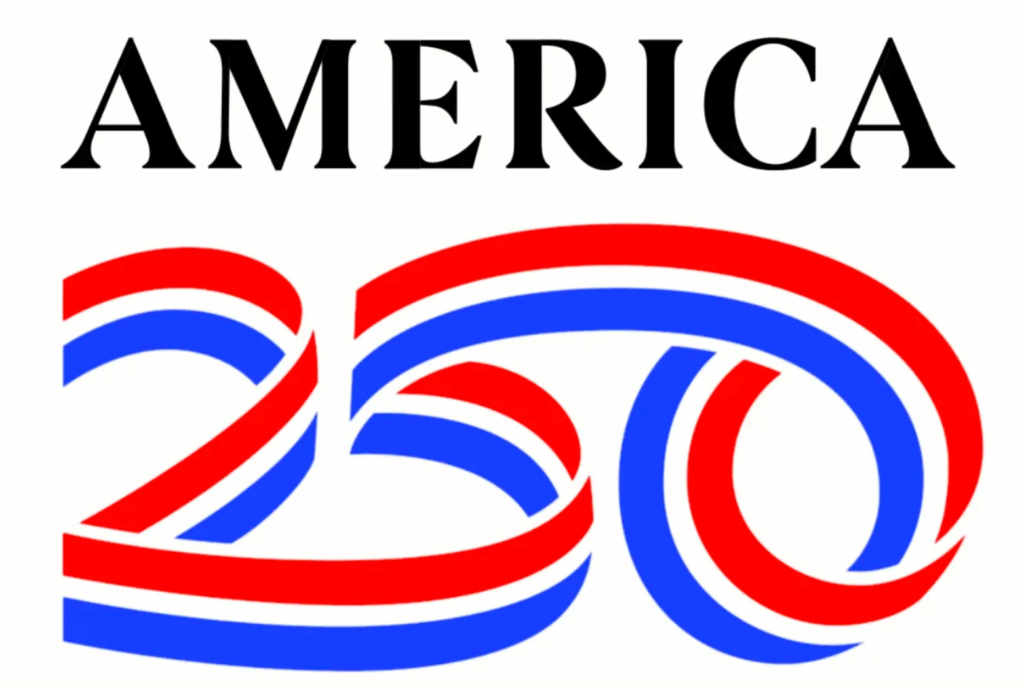Nothing triggers branding behavior like an offer

By Ron Jacobs
We are in one of the most transformational times for marketing and communications. For newspapers and trade publications, it is truly the Chaos Scenario (so named by media observer and author Bob Garfield). Other areas of communications are undergoing similar, if not as drastic, changes.
Many traditions are illusions from an earlier and simpler time. For example, singles are out. A single USP (Universal Selling Proposition), a single target market, and a single media channel are no longer relevant in a time of multichannel marketing communications. What’s in? A focus on the customer experience, where messaging and segments are treated differently based on demographics, psychographics, geographics, synchrographics, transactions, etc. It is not a time hold on to traditional beliefs about brand values, pricing and discounts…beliefs that often fall short of today’s more complex marketing realities, anyway.
Consumers take countless non-linear journeys on their way to making purchase decisions. Often they bypass advertising altogether. Many discover brands through direct and digital means. Marketers need to create new listening platforms to learn what markets want, what prospects find interesting, and find out which consumer problems are worth solving. Marketers need to learn how prospects and customers consume information.
Direct marketing has always been about generating response. Response is behavior, behavior that direct marketers encourage through the use of offers and calls to actions. Not generating enough response? Tough economic times call for better offers. Offers, when paired with the right customer segments, the right channels and the right timing are the best triggers for generating results.
The Basic Elements
The offer is one of the basic tools of direct marketing. The offer is the promise of a transaction, what someone will receive. But offers aren’t just discounts or enticements to get a prospect or customer to respond.
The elements of the offer include the product, service or brand; the price; the payment terms; the guarantee; and incentives.
Products, services and brands are part of the offer. They work together along with the price and incentives. A good incentive can be just the nudge a prospect needs to respond. Discounts don’t hurt the brand. A free offer may be the very reason someone tries a new brand. It’s hard to imagine how Denny’s “Free Tuesday” offer hurt their brand. This offer filled their restaurants with prospects and returning customers alike on an otherwise off day.
On their own, offers don’t always provide enough motivation. GM has offered employee pricing, special incentives and 0% financing. For the last year, GM has sold fewer cars most months than the month before. GM hasn’t been able to create demand with advertising and cool creative. A damaged brand may not be helped by incentives, but there is no evidence that testing incentives hurt the GM brand.
“Real” Brand Marketing
Brand marketers have always considered their chosen field a higher calling. It was a way to explain how products, services or entities could be turned into much-favored “intangibles” based upon a collection of experiences and associations connected with the brand. As perceptions, brands could be sold for their perceived value to consumers.
Some argued that discounting and price wars could harm brands. There’s no proof of that.
In today’s world, advertising’s goal is to change customer behavior, not to create interest or awareness . Even before the current economic decline, more and more marketers were asking for communications to create actions that would convert into tangible results like leads, sales and traffic.
A few months ago, Daniel Morel, CEO of Wunderman, and John Gerzema, chief insights officer at Young & Rubicam Group, published an article with the findings from a 10-year study of brand and financial data, the Brand Asset Valuator (BAV). This study showed that 85% of brands were stagnant or had declined in brand differentiation. Among the top 100 most valuable brands, 45% were declining in consumer perceptions.
Morel and Gerzema concluded that in today’s marketplace, direct response is not an element at the bottom of a purchase funnel. Brand and response are “now intertwined.”
In the same vein is branding consultant Jonathan Salem Baskin’s book, “Branding Only Works on Cattle.” He reinforces the idea branding has always been about changing consumers’ and decision makers’ behavior. And when the tools and techniques used for branding don’t change behavior and can’t be measured, they fail. Even brand marketers now admit direct response is a powerful type of communication for improving the brand experience.
So, where do we take this conversation next? Brand, direct and digital marketers all need to cast away ideas developed in the 1960’s. Brand marketers need to worry more about changing consumer behaviors than changing consumer perceptions. Incentives won’t always trigger changes in behavior. But a strong call to action and a discount surely won’t hurt a 21st-century brand. As in any good direct marketing endeavor, it’s certainly worth a test.
Ron Jacobs (ronjacobs@jacobsclevenger.com) is president of Jacobs & Clevenger, Chicago.
Next Page: Don’t Discount, Do Add Fresh Ideas and Creativity
Previous Page: Nothing triggers branding behavior like an offer
Don’t Discount, Do Add Fresh Ideas and Creativity

By Paul Kuzma
I read a lot of creative briefs. Some read like action movie scripts. Some like comedies. Most bore me to tears.
Lately, many are focused on “savings,” especially promotional briefs. Clients are retreating from adding value and developing brand ideas at retail to delivering more dollars off and larger discounts.
I can see why this is tempting. I can also see why consumers love it. But please, for the sake of your brand, don’t fall for it. Don’t discount the future value of your brand.
Brands today need to focus on the real value they provide by flexing their creative muscle and delivering messages with greater force. Get creative and find new ways to tell consumers why your brand is worth it in any market.
Hyundai and JetBlue have set the bar with their assurance programs providing consumer security in the case of job loss. JetBlue goes one step further and combines its offer with a powerful optimism campaign promoting core brand values and encouraging “private jet consumers” to trade down to JetBlue.
The GM Total Confidence Plan and the Ford Advantage Plans with Ford Payment Protection followed suit. But what do their “assurance” programs say about their products? If Ford or GM wants to win the quality fight for the “longest-lasting vehicles on the road” they should support it with the “longest-lasting guarantees” on the road. When you place your brand quality message side by side with your sales discount, you create real brand value, not just temporary offers.
To support this, a 2009 Yankelovich poll found 70% of respondents said price cuts probably mean a brand was overpriced in the first place. And 62% said they assumed a discounted product was most likely old and the marketer was just trying to get rid of it.
What we’re telling our clients in today’s market is that even if forced into a discounting scenario, the key to success is not in spotlighting on the 20% savings. Rather, focus on the 80% incredible value you’re giving consumers, and the quality, consistency and history the brand represents.
If a client insists on slashing prices, remind them to consider the impact discounting will have on the future of their brand. The power sports industry is currently down 40% plus this year. Our client Kawasaki USA is offering deep discounts on their entire lineup. When we looked to structure a comprehensive sales event for them, we also developed a text and win component that requires consumers to visit dealerships. This gives dealers the foot traffic they need and provides Kawasaki new leads, a re-contact strategy and a bridge to the future for brand sales.
The long-term strategy is quite simple: “You’ll love my brand for a lot more than just the price.”
More You Can Do
Great brands always reverse the current thinking. Brainstorm all the things you can do to create value, besides discounting. It won’t take long. And it might be the best investment you can make. Remember these key points:
* Consumers don’t live with your brand as much as you do. Remind them why your brand is a core part of their life, and about everything they get when they buy your product, beyond a good price.
* Most every marketer has an audience right now that is looking to trade down—you might be surprised how many consumers already think your brand is a great value. Target has been stealing department store customers for years, and many pizza lovers are finding that DiGiorno’s frozen pies deliver a way to satisfy their cravings.
* Retailers are hurting too. There might be a high-end destination that used to refuse to carry your brand that is very interested now.
* Don’t ask your agency how they “usually” market in a recession. Every brand is different. Every situation deserves its own solution. Creativity is the force that let’s you find a custom solution so you don’t resort to the “usual.”
* Humor can show your brands’ human side to consumers. Be genuine, self-reflective. A little smile will go a long way in a tough market.
* Don’t just create value or messages. Work harder to create truly new benefits, which is easier said than done.
* Stay optimistic. People have counted on your brand for years. Remember the simple vow “in good times and bad.” If you stick with them, they’ll stick with you.
* Guarantees are not dead. They’re being reinvented right in front of our eyes. Go over your company’s guarantee with a fine-toothed comb. Does it stand for more than just the product? It’s not just money that people want back. It’s their time, their energy and their investment.
Your brand is defined by its actions, in good economies and in bad. If the best thing you can think to do is to subtract one dollar or one thousand dollars off your price, consider adding some fresh ideas and creativity instead.
Paul Kuzma (P.Kuzma@Tris3ct.com)is chief creative officer at Trisect, Chicago.



